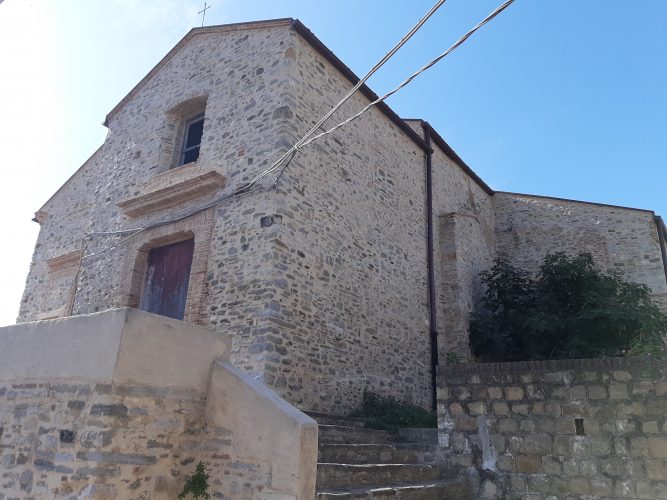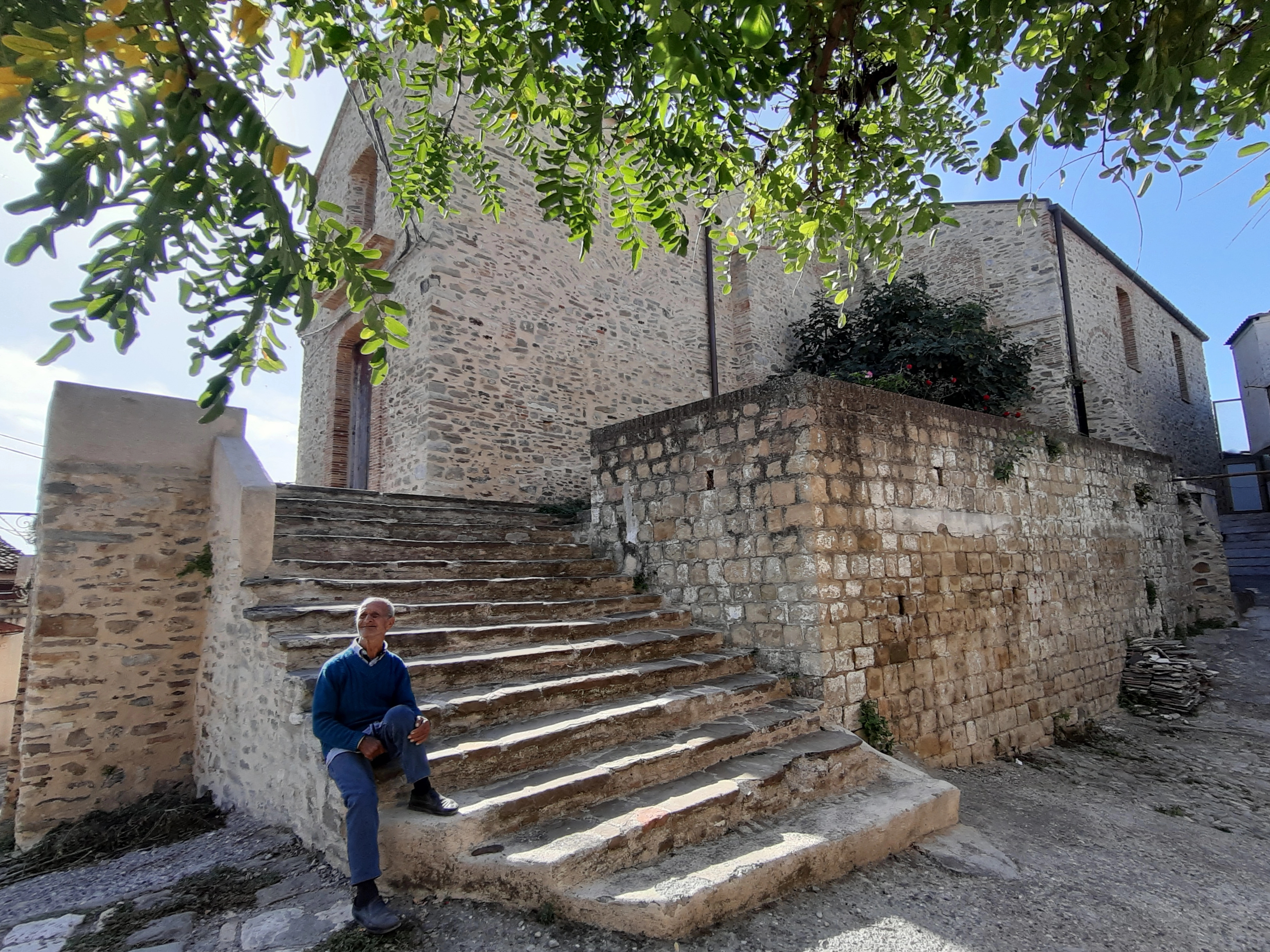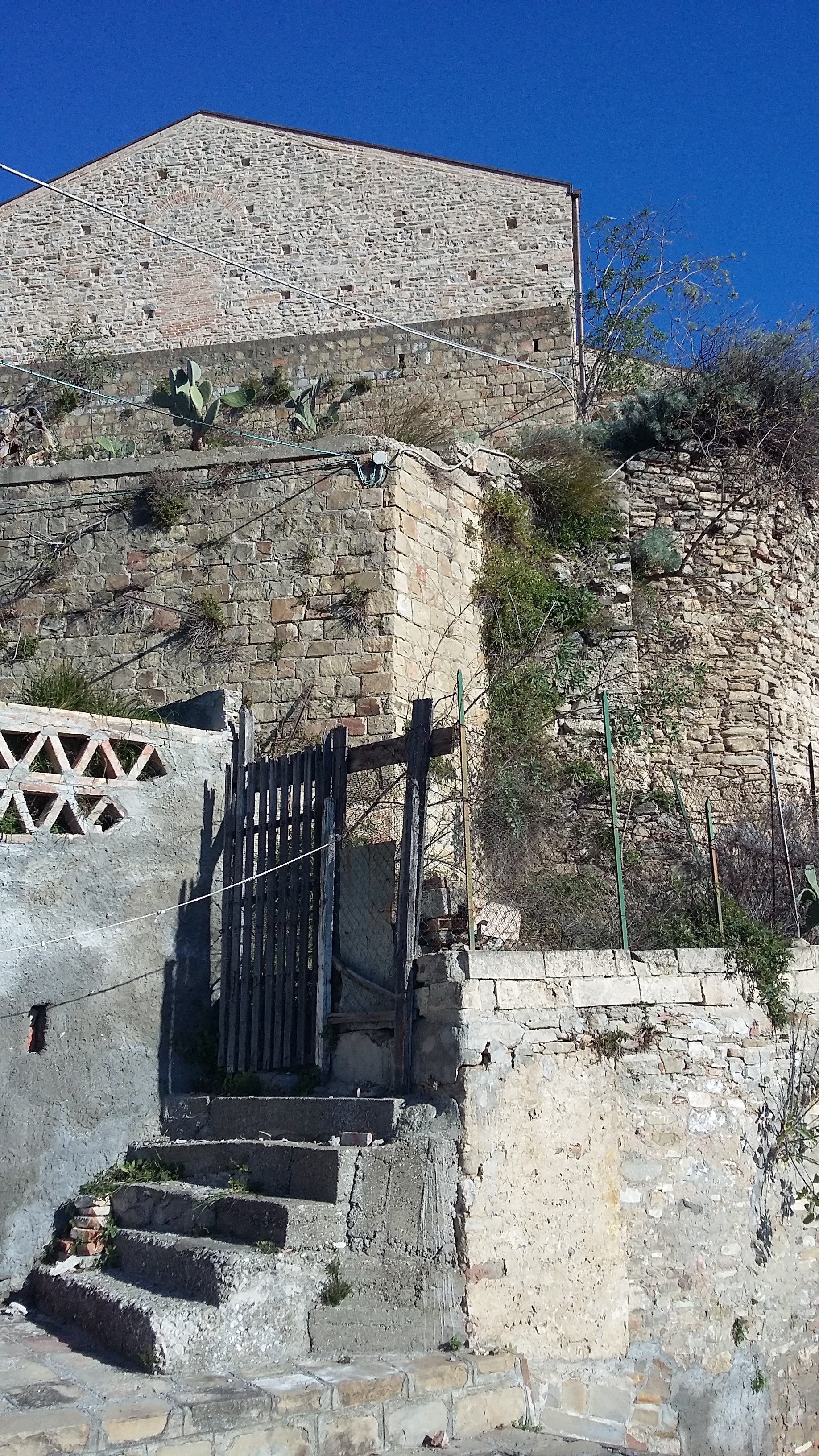
CHURCH OF SAN MICHELE ARCANGELO
The Church of San Michele Arcangelo was probably built around the X-XI century, in the middle of the Byzantine era; the oldest documentary mention concerns the Synod held there in 1060, called by Pope Nicholas II to carry out his Ecclesiastical reform.
There are good reasons to suppose that this Church could have been the first Cathedral of Tursi: around the year 1000 Tursikòn is the capital of the Thema of Lucania; it is the seat of the Diocese (of the Greek-Byzantine rite) from at least 968; the Micaelic cult is one of the most widespread in the Byzantine era, especially in the border areas, where there was a greater need for the protection of the Commander of the celestial hosts. San Michele is still defined "Cathedral" in the agreement between the Bishop of Anglona Marco and Archimandrite of the monastery of Carbone, signed there in 1320, in 1545, with the definitive transfer of the Bishops of Anglona to Tursi, was declared a Cathedral with the bull of Pope Paul III. , located downstream of the town, where it is still today.
In the course of the centuries natural disasters have been demolished over the building which, together with the repeated interventions of restructuring and restoration, have upset the original architectural structure. Conspicuous wall remains from an older structure to the east of the present church are still visible: these are probably the remains of the old choir, demolished in the mid-1800s along with the chapel of the SS. Sacramento following the collapses caused by the strong floods. In 1981 finally a terrible lightning damaged the bell tower and some bearing structures, causing its definitive closure for worship. A recent restoration has affected the external parts of the building.
La Chiesa di San Michele Arcangelo venne probabilmente costruita attorno al X-XI sec., in piena epoca Bizantina; la più antica menzione documentale riguarda il Sinodo ivi tenutosi nel 1060, indetto da Papa Niccolò II per attuare la sua riforma Ecclesiastica.
Vi sono fondati motivi per supporre che questa Chiesa possa essere stata la prima Cattedrale di Tursi: intorno all’anno Mille Toūrsikon è la capitale del Thema di Lucania; è sede di Diocesi (di rito Greco-Bizantino) almeno dal 968; il culto Micaelico è uno dei più diffusi in epoca Bizantina, soprattutto nelle aree di confine, ove si aveva maggior necessità della protezione del Comandante delle schiere celesti. San Michele è ancora definita “Cattedrale” nell’accordo tra il Vescovo di Anglona Marco e l’Archimandrita del monastero di Carbone, ivi siglato nel 1320; nel 1545, con la definitiva traslazione dei Vescovi di Anglona in Tursi, viene dichiarata Cattedrale con bolla di Papa Paolo III. Nell’anno successivo la Cattedra Vescovile viene infine trasferita nella Chiesa dell’Annunziata, situata a valle dell’abitato, ove si trova ancora oggi.
Purtroppo nel corso dei secoli sull’edificio si sono abbattute calamità naturali che, insieme ai ripetuti interventi di ristrutturazione e restauro, ne hanno stravolto la struttura architettonica originaria. Sono ancora visibili cospicui avanzi murari di una struttura più antica ad Est dell’attuale chiesa: si tratta probabilmente dei resti del coro vecchio, abbattuto nella metà del 1800 insieme alla cappella del SS. Sacramento in seguito ai crolli causati dalle forti alluvioni. Nel 1981 infine un terribile fulmine danneggiò il campanile ed alcune strutture portanti, causandone la definitiva chiusura al culto. Un recente restauro ha interessato le parti esterne dell’edificio.









